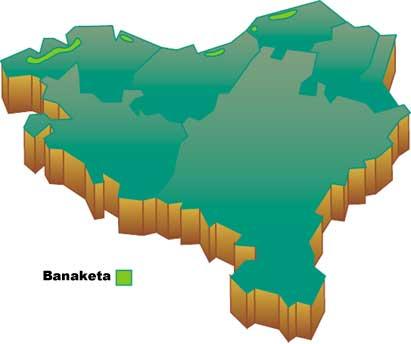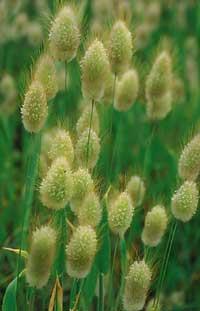LIZARD, hairy dune grass

With this beautiful plant we will begin to know a new family, the grasses. Inside there are about 500 genera and about 8,000 species. Many of them are basic in human food (cereals, sugar cane...), others very useful for animals (for example, grass grasses) or for different uses (for example, bamboo canes). In fact, we must say that this family is well known and of great importance among us.
They are usually herbaceous, with dystophic leaves or hardly spiral articulated. The flowers, on the other hand, are very small and invisible, hermaphroditic or single-parent and enemies of allergic people. The fruits are usually dry and indehiscent.

The plant we analyze in this issue is one of the most beautiful grasses that appear among us. The genus Lagurus has only one species and to identify it the reader will have no difficulty. For this, if we visit the last dunes of our coast in mid-spring, you can enjoy its spectacular splendor. For example, approaching the Inurritza area in Zarautz, the protected biotope would be a good option. Plant 10-40 cm in size, hairy and brown green.
The inflorescence is very striking, globular, whitish, hairy and full. As already indicated, it is distributed by the beaches and dunes of the coast, if these systems have minimal vegetation. Of the different locations of our coast have disappeared due to the pressure exerted by man (Getaria, Hondarribia…) and the conservation of the last dunes that we have left is essential for the species of these systems. Finally, as it is a very decorative plant and well preserved by drought, unfortunately it has received too much.
Lagurus Family: grasses Species: Lagurus ovatus Distribution: Habitat: beach and dunes Medicinal grass: no |





